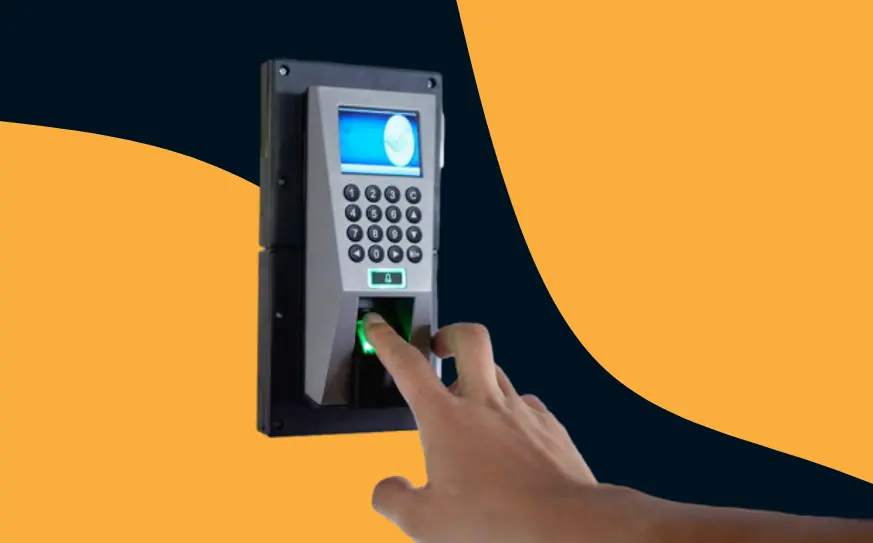Unveiling Modern Physical Access Control Systems for Enhanced Security
Physical Access Control Systems (PACS) have evolved from traditional keys and locks to sophisticated systems that ensure the right people have access to the right places at the right times.
With Jet Hotel Solutions (https://www.jethotelsolutions.com/), let’s delve into what constitutes a modern PACS and why it’s more critical than ever.
What is Physical Access Control?
Physical Access Control refers to the measures taken to secure entry to buildings and sensitive areas within them. It’s about ensuring that access is granted only to those with the right authorization, thereby safeguarding the organization’s assets, data, and personnel.
The Anatomy of a PACS
Access Points
These are your first line of defense. From doors to turnstiles and gates, access points are the physical barriers that one must navigate to enter a space.
 In today’s systems, these are often equipped with advanced mechanisms controlled by electronic systems rather than simple lock-and-key.
In today’s systems, these are often equipped with advanced mechanisms controlled by electronic systems rather than simple lock-and-key.
Credentials
To pass through an access point, one needs the right credentials. Modern credentials range from key fobs and encrypted badges to more advanced biometrics and mobile credentials. These tools authenticate a person’s identity and provide the necessary clearance.
Readers and Keypads
The bridge between a credential and the control system is the reader or keypad. These devices validate the credentials by reading the information and passing it along for verification.
Control Panel
The control panel acts as the decision-maker. Upon receiving data from the reader, it determines whether access should be granted based on the programmed permissions.
Access Control Server
The server is the brain of the operation. It stores user data, access privileges, and logs, providing a centralized point for monitoring and managing access throughout the organization.
Credential Types in 2023: From Simple to Sophisticated
Knowledge-Based Authentication (KBA)
KBA uses something the user knows, like a password or PIN, to grant access. It’s cost-effective but less secure as sharing codes is relatively easy.
Biometrics
Biometric systems, such as fingerprint and iris scanners, provide a high security level as they analyze unique personal attributes. While more secure, they can be more expensive and require consistent conditions, like good lighting, to function properly.
Physical Tokens
These include magnetic swipe cards and smart tokens like encrypted ID cards and fobs. RFID tokens, a subset of smart tokens, use radio frequencies to communicate with readers wirelessly.
Balancing Security and Usability
The key to an effective PACS is finding the right balance between tight security and user convenience. A system should be robust enough to deter unauthorized access but not so cumbersome that it disrupts daily operations.
The Importance of Integrations
A modern PACS isn’t just a standalone system; it integrates with other security systems, like surveillance cameras, to provide a comprehensive security solution. This integration allows for a unified approach to security management across both physical and digital platforms.
Choosing the Right PACS
When selecting a PACS, consider the following:
Security Level: The chosen system should provide the appropriate level of security for the spaces you need to protect.
Ease of Use: A user-friendly system ensures quick adoption and minimizes disruptions.
Flexibility and Scalability: The system should grow with your organization, accommodating new users and access points efficiently.
The landscape of physical security is ever-evolving, and staying ahead means implementing a PACS that addresses modern threats and business needs.
By understanding the components, credential types, and the importance of integration, our company can help businesses create secure environments that protect their physical and digital assets.
